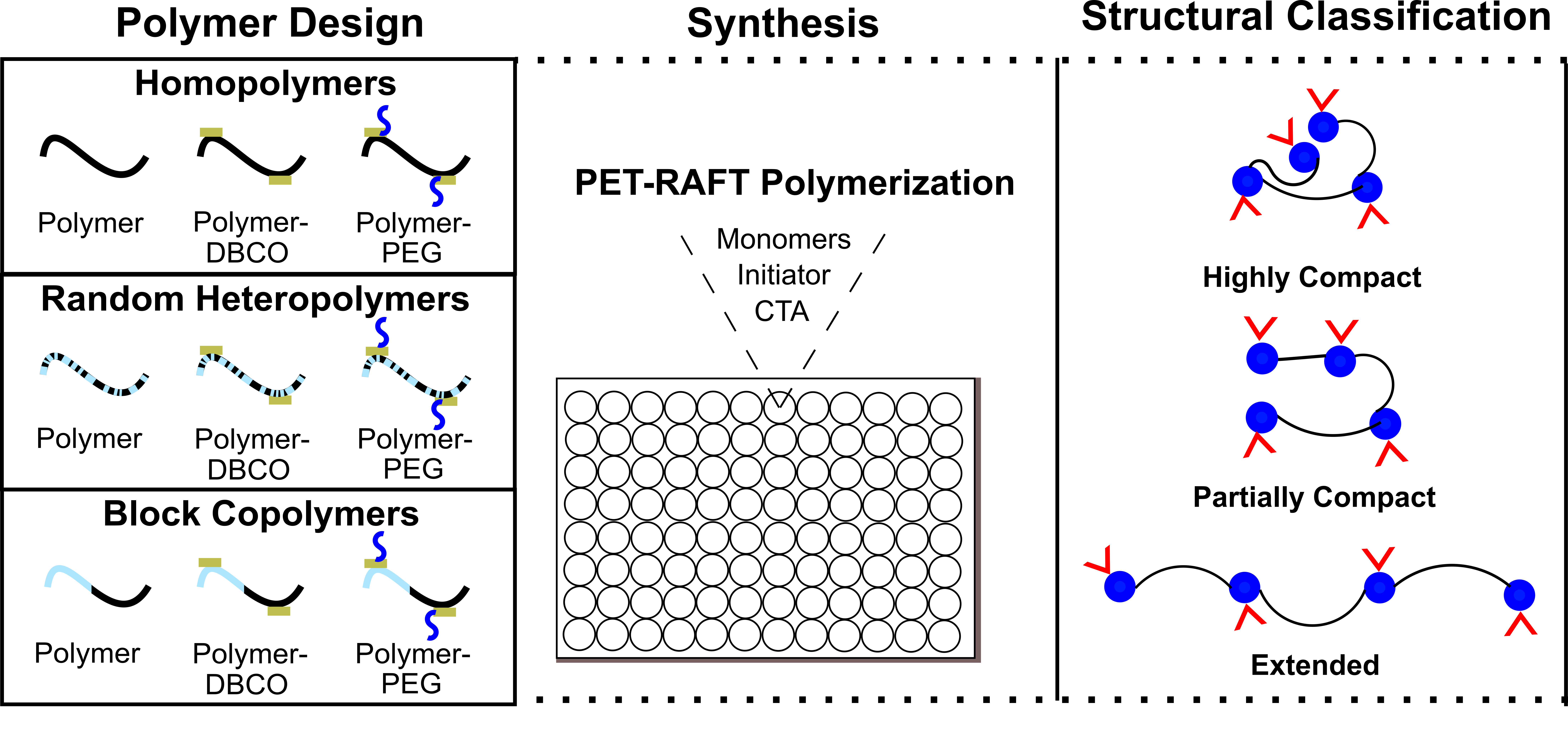Error loading player: No playable sources found
3550994
High throughput tools to study the assembly of single-chain polymer nanoparticles
Date
April 12, 2021
Related Products
AI in a University Setting: Matching Enthusiasm with Instruction
With the sudden awareness of artificial intelligence (AI), university students are embracing these tools at a very rapid pace. Indeed, AI is a new tool that faculty and students alike need to become better trained to use…
Design of bio(mimetic) polymers using automation driven by active machine learning
From protein science, it is well understood that ordered folding and 3D structure mainly arises from balanced and noncovalent polar and nonpolar interactions, such as hydrogen bonding…
Tyrosol derived poly(ester-arylate)s for sustained drug delivery from microparticles
New biodegradable polymers are needed for use in drug delivery systems to overcome the high burst release, lack of sustained release, and acidic degradation products frequently observed in current microparticle formulations…
Machine-assisted design of biointerfacial nanomaterials
The design of nanomaterials that directly interface with biology’s machinery of proteins represents an enormously complex engineering challenge. We typically do this by modifying single variables at a time until structure-function landscapes reveal themselves and provide design criteria…



